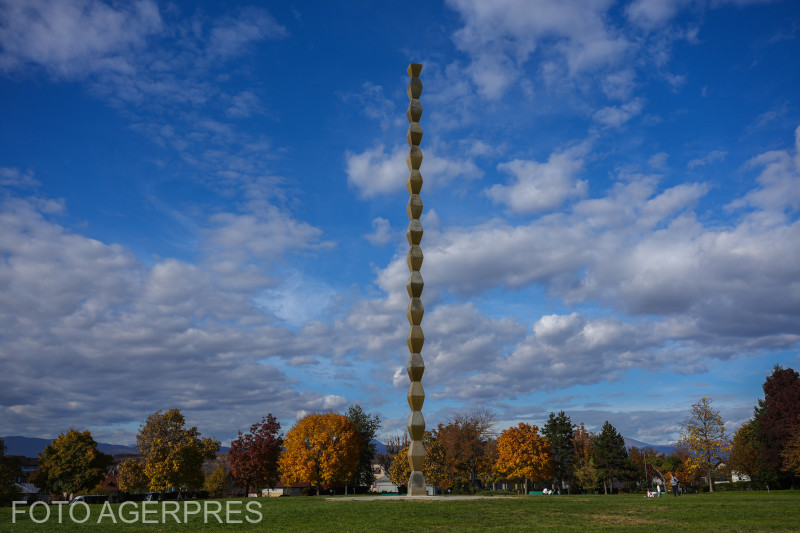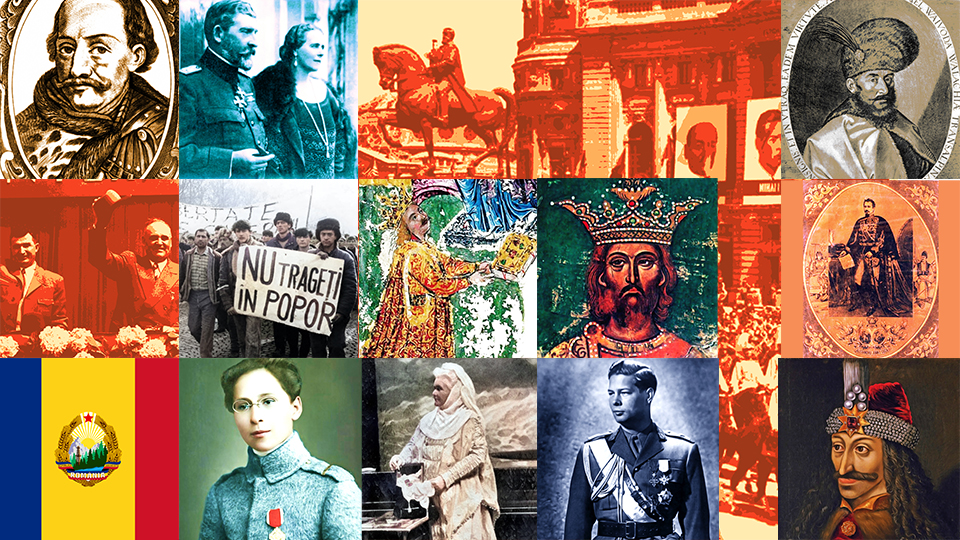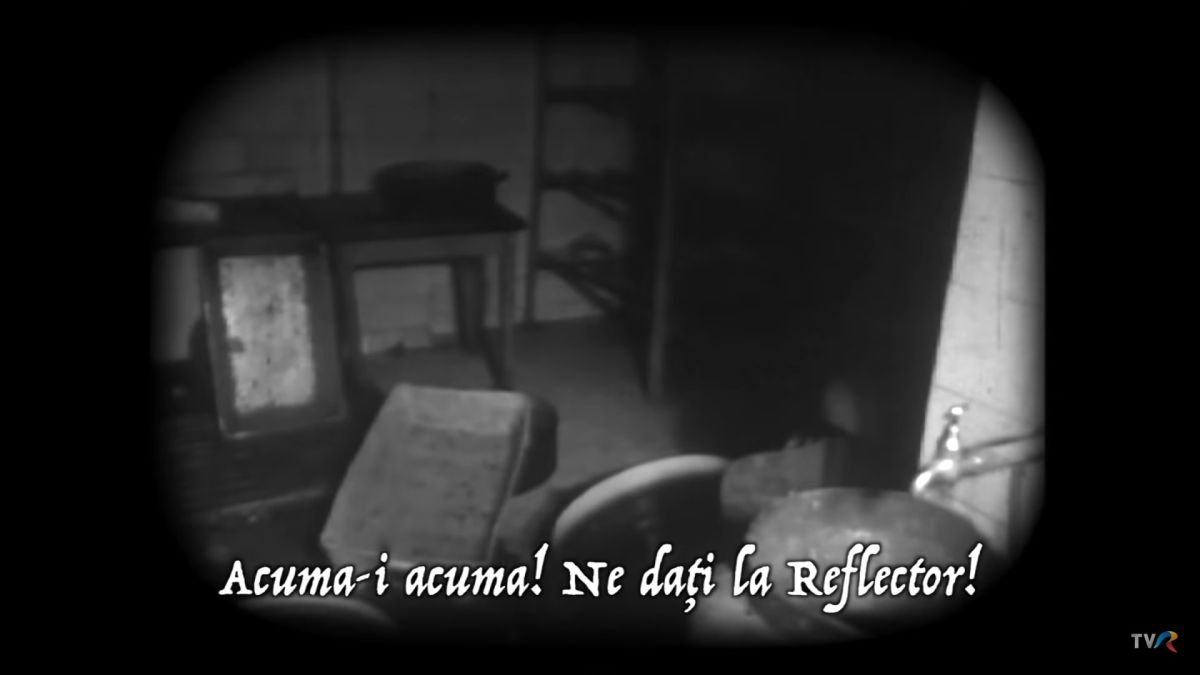The hut and the Modernization of Romania
During Modernity, the Romanian Principalities witnessed the widest political, administrative, economic, social and cultural transformation in their history.
Steliu Lambru, 27.05.2013, 15:18
During the period of Modernity, the Romanian Principalities witnessed the widest process of political, administrative, economic, social and cultural transformation in their history. Documents about the situation of the Romanian Principalities say that everything had to be rebuilt. The living conditions of Romanian peasants had the greatest impact on social thinkers. Reformers conceived social programmes for the emancipation of peasants, ranging from houses and hygiene to the way people looked. Everything pertaining to the tradition of previous centuries was attacked, discredited and removed. One of the favourite targets for social reformers was the hut, a half-buried house that was characteristic of the Romanian villages.
Dinicu Golescu, an enlightened nobleman, the main social reformer in Wallachia in the 1820s, wrote the most influential text about the poverty of Romanian villages. In 1826, he described the typical Romanian peasant as follows: “He has no church, no house, no fence, no cart, no animals, no barn with grains for his family’s food, in short, he has nothing. He has but some pit rooms called huts. You can only see a hole dug in the earth, big enough for the man, his wife and kids to sit around the fireplace, and a wicker chimney sticking out.”
The hut was the symbol of the backward Romanian society. Historian Constantin Barbulescu from the Babes-Bolyai University of Cluj Napoca pointed out how the description made by the first social reformers had been taken over by doctors too. Constantin Barbulescu:
“Of all types of houses, huts are the most criticized in terms of hygiene. They are considered the most unhygienic type of peasant house, hence the rich medical discourse on that topic. This type of discourse is usually negative, describing peasant realities in a negative manner. An 1830 work by doctor Constantin Caracas includes all the clichés of the medical discourse, namely the small size of houses, the unhygienic building materials, the piles of animal excrements, the muddy courtyards, or the lack of outhouses for sheltering animals. Doctors built on those symbolic images in the second half of the 19th Century as well. They carried on the traditional negative image about the peasant house and circulated the existing representations, but with the ambition of providing a scientific basis. In the late 1870s, doctor Constantin Istrati studied the peasants’ unhygienic condition from what he claims was a scientific viewpoint. In his well-known paper, however, he only uses a lot of scientific terms, but makes a description of the peasant house which is quite similar to that of his predecessors. All those terms were designed to turn a profane text into a scientific one and the descriptive discourse into a scientific one.”
Doctor Constantin Istrati wrote that most of the peasants, ”live in worse conditions than Zulus,” using the parallel with an African population to better capture the scope of the disaster. But in 50 years alone, the perception on peasants and hut dwellers changed, turning from commiseration into superiority complex. Historian Constantin Barbulescu again:
“If we compare the descriptions of the rural habitat in the late 18th Century or early 19th Century with the medical texts of the second half of the 19th Century, the difference is insignificant: the same shabby huts, the same dire poverty. Nevertheless, there is an utterly different interpretation of the two types of texts that are so similar. Dinicu Golescu and most foreign travelers place that type of habitat in the wider context of the ruthless exploitation the peasant was subject to by the authorities of the time. Golescu’s text only expresses sorrow and “enlightened and Christian compassion for the fate of those divine beings”, for peasants that is. But for the doctors in the second half of the century, no longer attached to the Christian faith and being trained in the Western spirit of science and progress, those “divine beings” were mere primitives, whom they can’t help regarding with irony and contempt. The peasants described by Dr. Istrati live in houses which most of the time are dilapidated, primitive and, ”in such conditions that I don’t know if one could say that they have made any progress since pre-historic times”. It was actually an elegant way of saying that peasants themselves live somewhere in the pre-historic times their huts suggested.”
For social reformers and doctors, the hut was a stain for 1900 Romania, so town-planning laws and regulations were introduced, to remove that blot. The surface dwelling, which peasants thought to be of lower quality and cheaper than the traditional hut, gained ground not because of the tough legislation, but because it was in fashion at the time. On the eve of World War I, huts had come to account for less than 10% of rural dwellings.






























